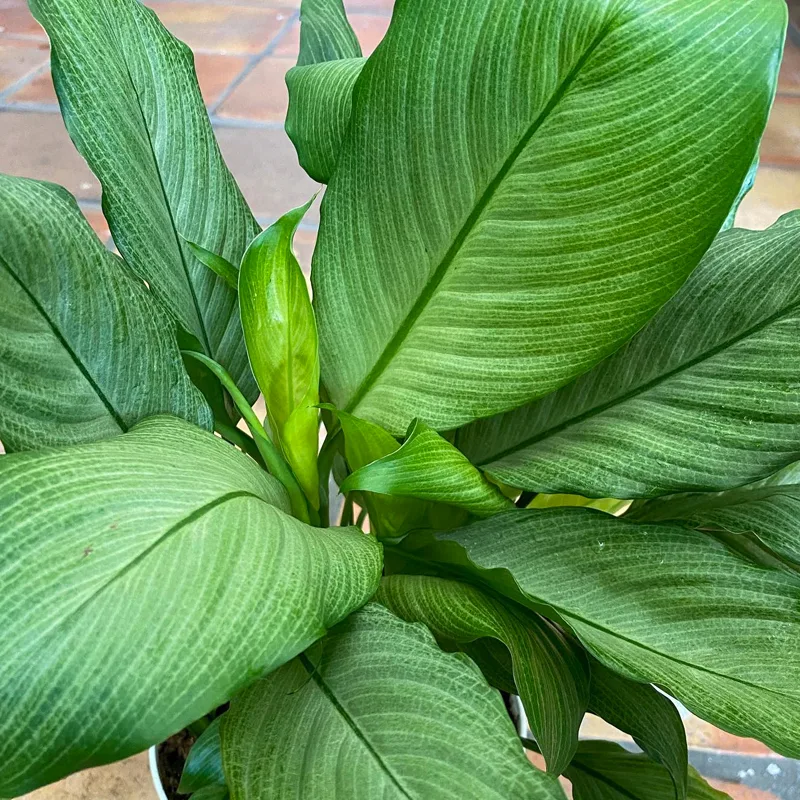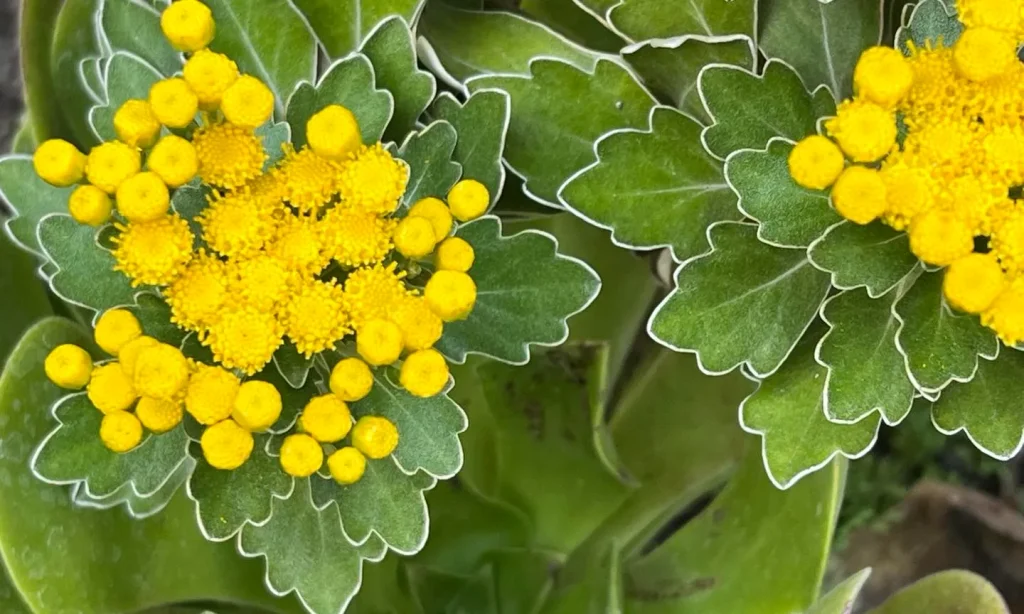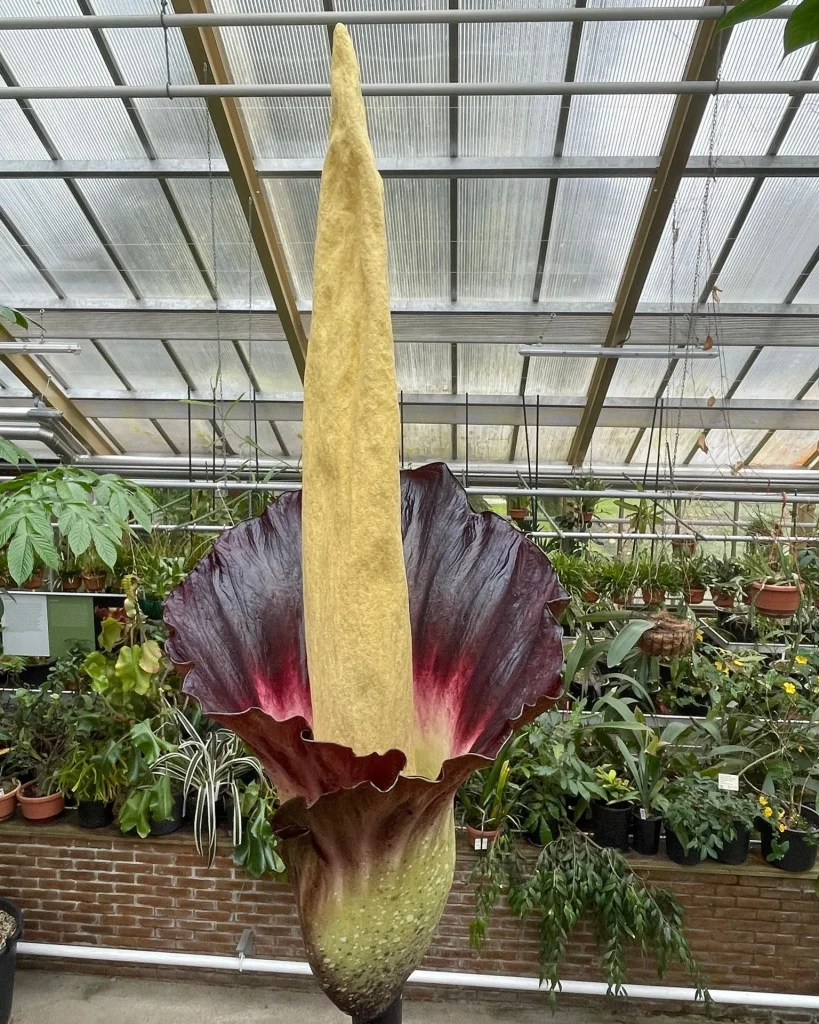FAQs About Zostera Marina
As someone who enjoys exploring aquatic plants, I’ve often come across Zostera Marina, commonly known as eelgrass. This fascinating underwater plant has a vital role in marine ecosystems, but I found myself asking several questions when I first encountered it. Here, I’ll address some of the most common questions about Zostera Marina based on my experience and research.
What Is Zostera Marina?
Zostera Marina is a type of seagrass belong to the Zosteraceae family, that grows in shallow coastal waters, usually in temperate regions. It forms large underwater meadows, providing habitat and food for various marine species. Unlike algae, it’s a flowering plant, meaning it reproduces through seeds, just like terrestrial plants. It has long, ribbon-like leaves that can sway gently with ocean currents, creating a beautiful underwater landscape.
Plant Family: 2 Genera in Zosteraceae
How to Care for Zostera Marina?
If you’re considering cultivating Zostera Marina, whether for an aquarium or restoration purposes, it’s essential to replicate its natural environment. It thrives in shallow, saline waters with plenty of sunlight. Here’s what you need to ensure:
- Water Quality: Zostera Marina prefers water with a salinity level similar to that of seawater (around 30-35 ppt). Keep water clean and well-oxygenated.
- Light: Like many aquatic plants, it requires ample sunlight. Position it in areas with clear water and minimal shade. In an aquarium, provide strong lighting to mimic natural sunlight.
- Substrate: It grows best in sandy or muddy substrates where it can anchor its roots. Avoid using coarse gravel, as it doesn’t provide the same stability.
- Temperature: Zostera Marina thrives in cool to temperate waters, so aim for a water temperature between 10°C and 20°C (50°F to 68°F).
How to Propagate Zostera Marina?
Propagating Zostera Marina is primarily done through two methods: seeds and rhizome division.
- Seeds: In nature, eelgrass flowers and produces seeds that float until they settle in a suitable substrate. If you want to propagate via seeds, it’s crucial to collect and plant them in soft, nutrient-rich sediment.
- Rhizome Division: The most common method for propagation is dividing the rhizomes. Each rhizome can produce new shoots. Simply cut a section with healthy roots and leaves and plant it in a suitable location.
What Are the Benefits of Zostera Marina?
One of the reasons I admire Zostera Marina is its ecological importance. It provides a range of benefits to marine environments:
- Habitat: It offers shelter for juvenile fish, crabs, and other small marine animals, serving as a nursery ground for many species.
- Water Quality: Eelgrass meadows act as natural filters, trapping sediment and pollutants. This helps maintain clearer water and improves the overall health of the ecosystem.
- Carbon Sequestration: Zostera Marina absorbs carbon dioxide from the atmosphere and stores it in its biomass and the surrounding sediment, playing a role in mitigating climate change.
- Erosion Control: The dense root systems help stabilize the seabed, reducing coastal erosion by buffering the effects of waves and currents.
Is Zostera Marina Toxic?
No, Zostera Marina is not toxic to humans or marine animals. In fact, some species of fish and marine herbivores consume it as part of their diet. That said, it’s important to ensure that any Zostera Marina you harvest or interact with comes from uncontaminated waters, as pollutants could accumulate in the plant.
What to Plant with Zostera Marina?
If you’re incorporating Zostera Marina into an aquarium or a restoration project, it’s important to consider companion plants that thrive in similar environments. Some good options include:
- Caulerpa: A type of macroalgae that can coexist with eelgrass, providing additional habitat structure.
- Halophila: Another seagrass species, which shares similar light and substrate requirements.
- Seagrass Meadows: Planting multiple seagrass species together creates a more diverse and resilient ecosystem.
Common Problems with Zostera Marina
In my experience, Zostera Marina is sensitive to several environmental factors. Some common problems include:
- Turbid Water: Murky water reduces sunlight penetration, hindering photosynthesis and causing the plants to weaken or die.
- Eutrophication: Excessive nutrients, particularly nitrogen and phosphorus from agricultural runoff, can cause algal blooms that outcompete and smother Zostera Marina beds.
- Overgrazing: In areas where herbivorous fish or marine animals are overly abundant, they can decimate eelgrass populations. Maintaining a balanced ecosystem is essential.
Comparing Zostera Marina with Similar Species
It’s easy to confuse Zostera Marina with other seagrass species, but a key difference lies in its size and habitat. For instance, Zostera Noltii, a smaller species, often grows in more intertidal zones and is shorter than Zostera Marina. Meanwhile, Posidonia Oceanica is another seagrass that forms dense meadows but thrives in the Mediterranean, differing in geographic distribution and physical appearance.
What Are the Environmental Impacts of Zostera Marina?
One of the most striking things about Zostera Marina is its positive impact on marine environments. It supports biodiversity by providing habitat and food for a variety of marine organisms. Additionally, it plays a critical role in stabilizing sediment, reducing wave energy, and acting as a carbon sink. Its ability to improve water quality also makes it a valuable ally in efforts to restore degraded coastal areas.
Final Thoughts
Zostera Marina is a remarkable plant that plays a vital role in coastal ecosystems. Whether you’re interested in cultivating it in a controlled environment or contributing to its conservation in the wild, understanding its needs and benefits is key. Through careful attention to water quality, light, and substrate conditions, it’s possible to successfully grow this essential marine plant. For me, Zostera Marina represents the delicate balance of marine life, showing just how interconnected ocean ecosystems are.
If i die, water my plants!



